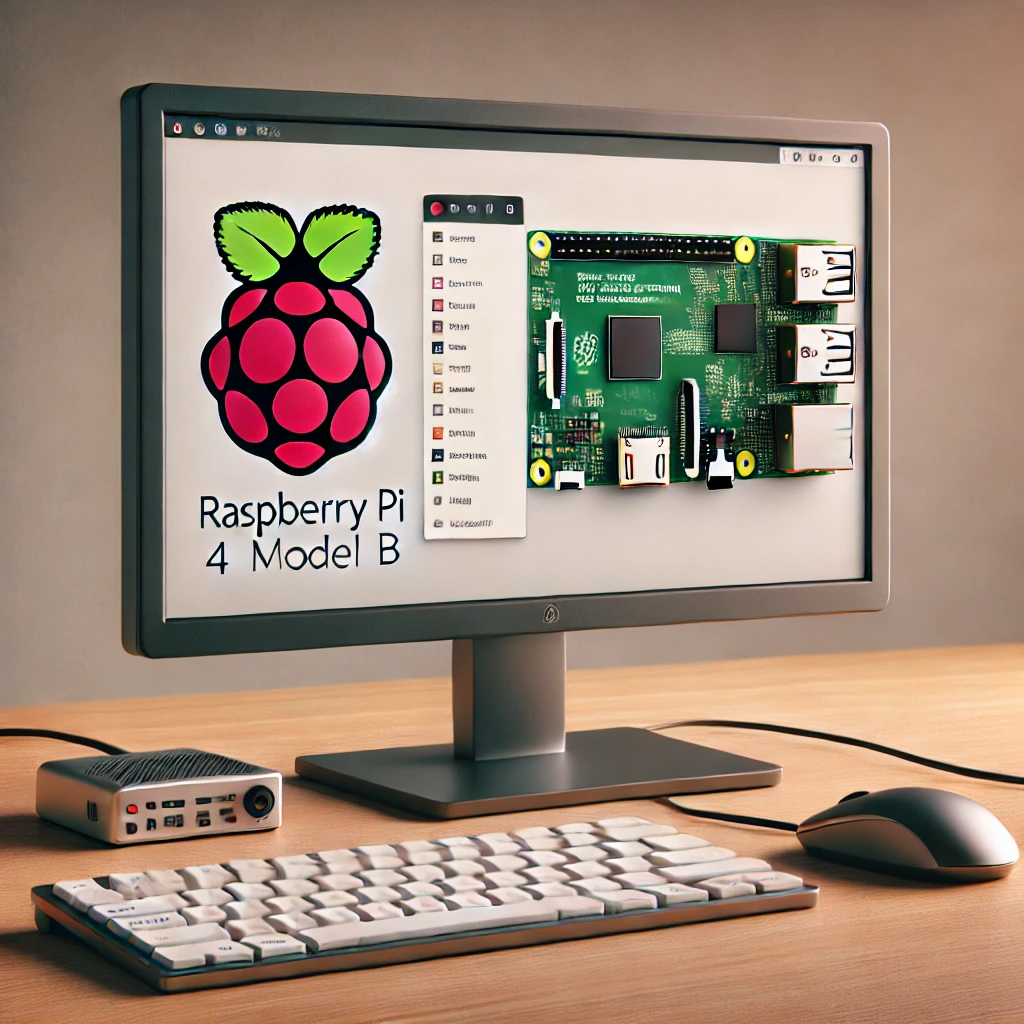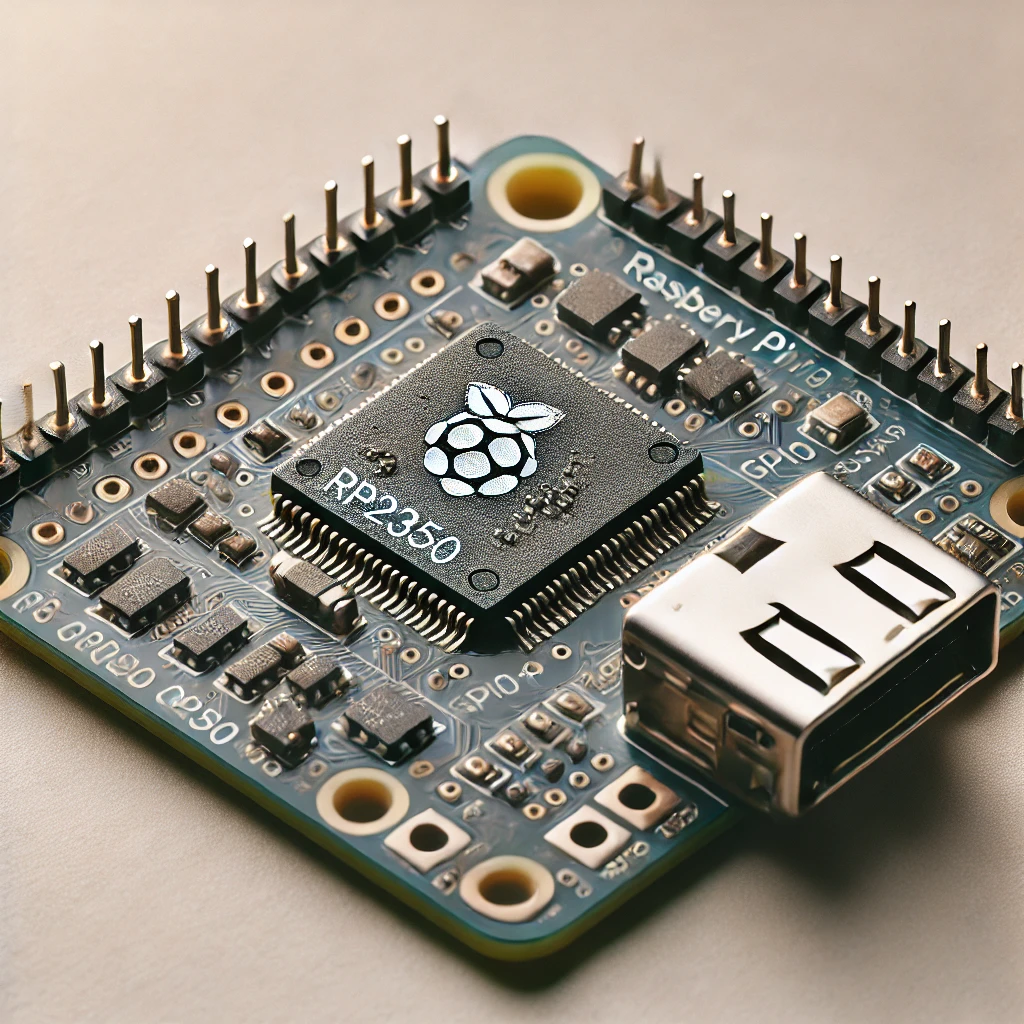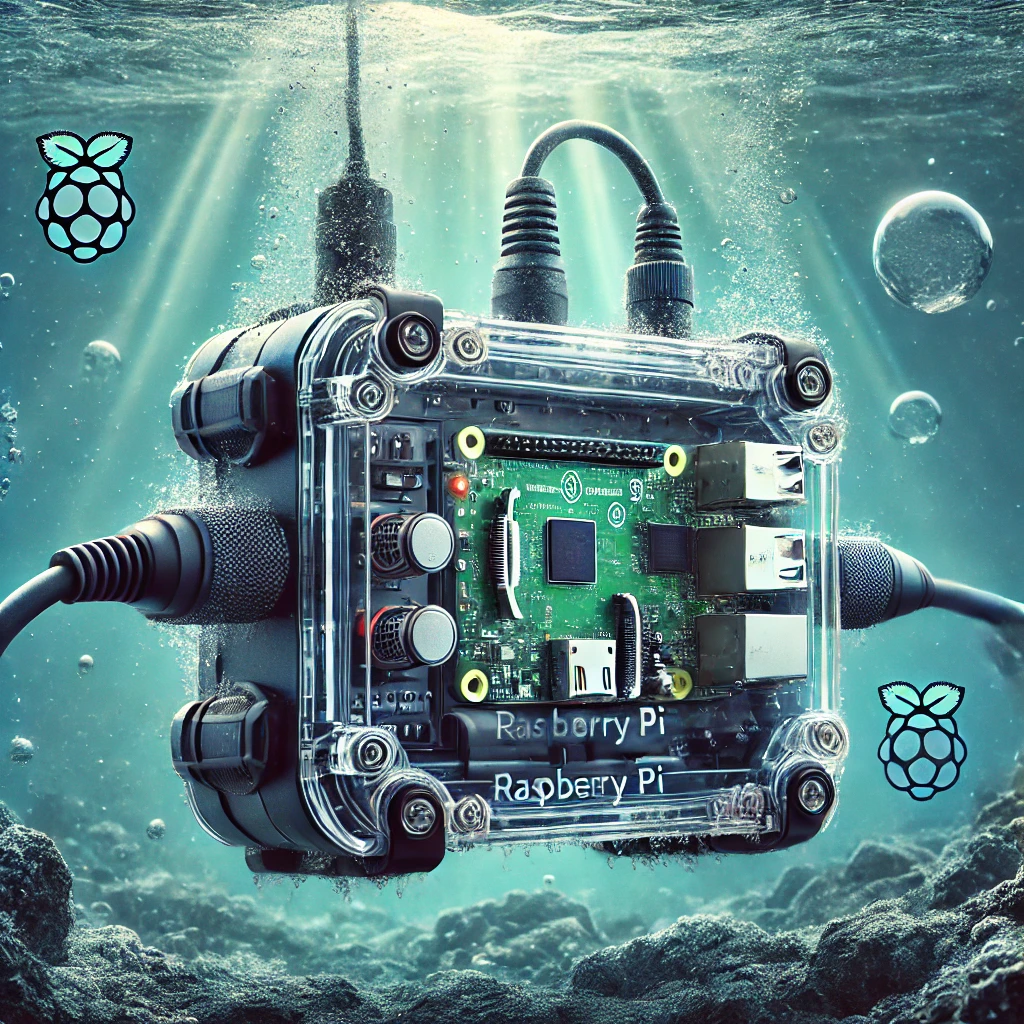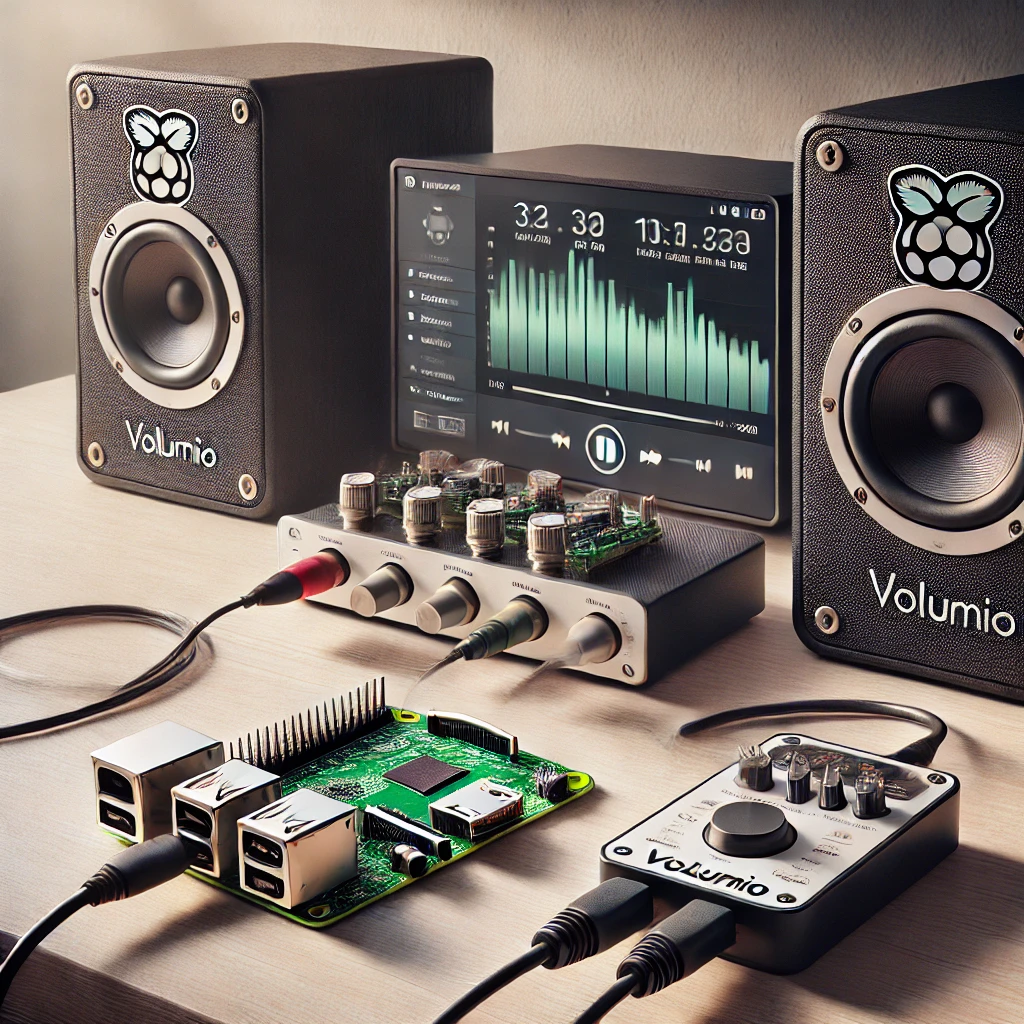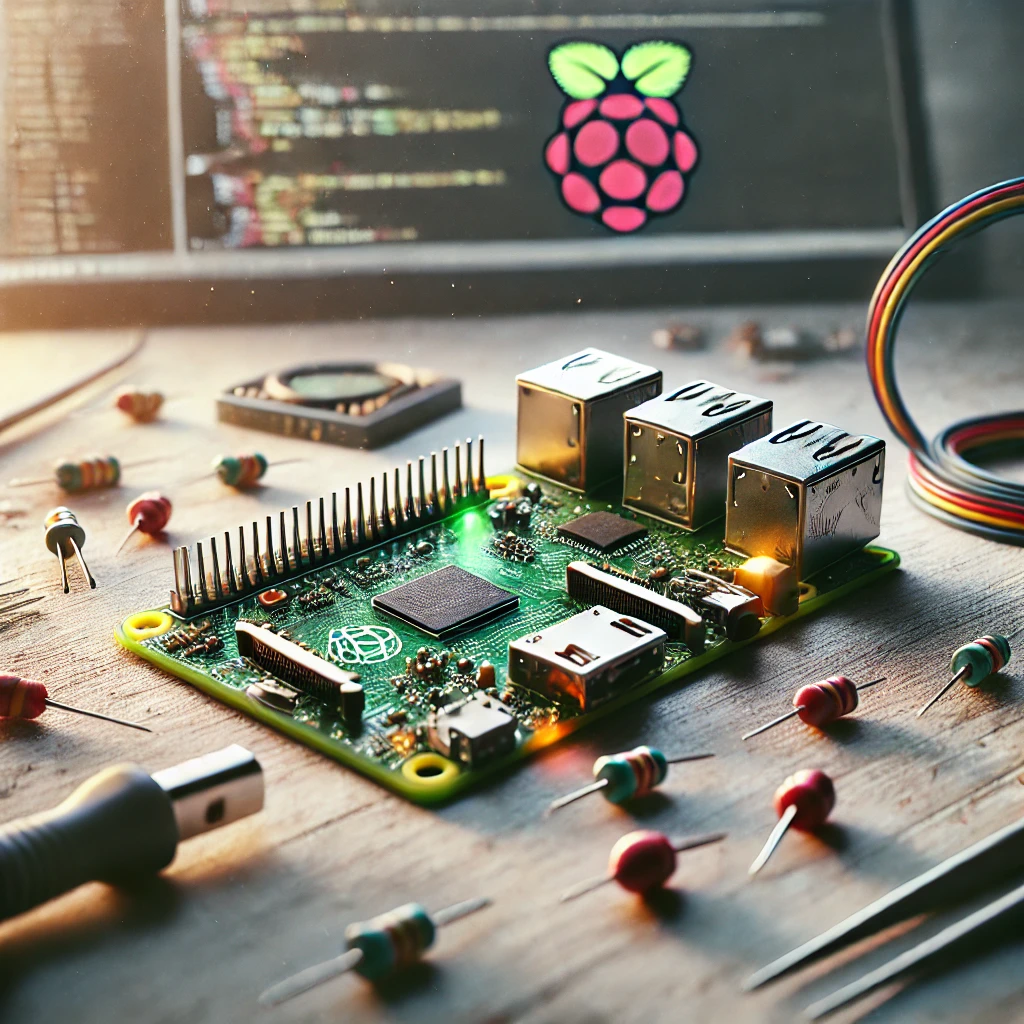The Raspberry Pi 4 Model B with 2GB of RAM might seem modest by today’s standards, but its capabilities are often underestimated. Whether you’re a hobbyist, student, or professional, understanding the limits of this compact device is crucial. In this article, we explore how much a 2GB Raspberry Pi can handle by putting it through a series of demanding tests.
The Ultimate Test: Can a 2GB Raspberry Pi Handle It All?
We started by assessing the Raspberry Pi 4’s performance in various scenarios that would push its 2GB of RAM to the limit. From running a lightweight desktop environment to streaming HD videos, the 2GB Raspberry Pi surprised us in more ways than one.
1. Running a Desktop Environment
The first test involved running the Raspberry Pi OS with a full desktop environment. While the experience was generally smooth, running multiple applications simultaneously did reveal some limitations. However, for basic tasks like web browsing, word processing, and even some coding, the 2GB of RAM held up well.
2. Media Streaming
Next, we tested its ability to stream HD videos on platforms like YouTube and Netflix. The results were impressive—1080p videos played without a hitch, although opening multiple browser tabs with heavy content did start to strain the system.
3. Gaming Performance
For gaming, we tried running a few retro games using emulators. The Raspberry Pi 4 managed to deliver a decent gaming experience with titles from the NES and SNES eras. However, more demanding games, especially those requiring 3D rendering, were beyond its capabilities.
4. Server Capabilities
Finally, we turned the Raspberry Pi into a simple web server. Hosting a lightweight website with minimal traffic was a breeze, but as the number of visitors increased, the 2GB of RAM quickly became a bottleneck.
The 2GB Raspberry Pi 4 may not be a powerhouse, but it’s certainly no slouch. It’s well-suited for basic tasks, media streaming, retro gaming, and even light server duties. If you’re mindful of its limitations, the 2GB model offers great value for a variety of projects.

